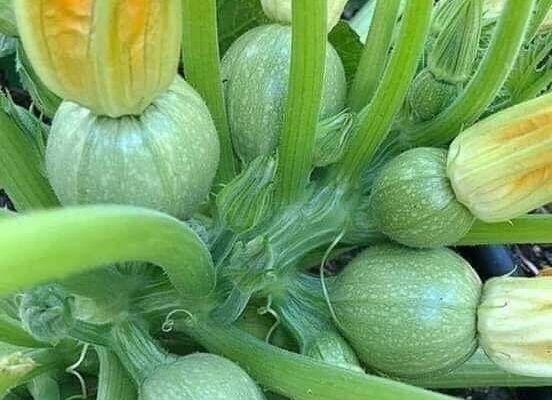Squash: A Diverse Vegetable Revered for Its Gastronomic Pleasures and Cultural Importance
In the realm of scenic routes, there exists a captivating category that takes us on a mesmerizing journey through the mountains, revealing the breThe pumpkin, scientifically known as Cucurbita pepo, is a fascinating and versatile gourd that belongs to the Cucurbitaceae family. This iconic fruit is well-loved for its distinctive orange hue, although it comes in various shapes, sizes, and colors. Pumpkins have been a part of human culture for centuries, playing essential roles in cuisine, traditions, and folklore.

Culinary Delight: Pumpkins are a culinary delight with a wide range of applications. They are commonly used to make soups, pies, and other delectable dishes. Pumpkin seeds, known as pepitas, are a nutritious snack when roasted and seasoned. The mild, slightly sweet flavor of pumpkin complements both savory and sweet recipes, making it a favorite ingredient during the autumn season, especially around Thanksgiving.

Nutrient Powerhouse: Pumpkins are celebrated not only for their taste but also for their nutritional value. They are a rich source of essential vitamins and minerals, particularly vitamin A, vitamin C, and potassium. Furthermore, pumpkins contain antioxidants like beta-carotene, which may have various health benefits, including supporting good vision and boosting the immune system.



Seasonal Symbolism: In many cultures, pumpkins are closely associated with autumn and harvest celebrations. They are used as decorative items during Halloween, often carved into jack-o’-lanterns, creating a spooky and festive atmosphere. In North America, pumpkin patches are a popular destination for families during the fall season, where they can pick their own pumpkins and enjoy a variety of activities.
Cultural Significance: Beyond their culinary and decorative roles, pumpkins hold cultural significance. In the United States, the pumpkin pie is an essential part of Thanksgiving dinner, symbolizing gratitude and abundance. In some Native American traditions, pumpkins are seen as a symbol of sustenance and are incorporated into rituals and ceremonies.
Versatility Beyond Food: Pumpkins are not limited to just the dining table; they also find use in beauty products and as a canvas for art. Pumpkin is known for its skincare benefits, and you can find pumpkin-based products like masks and lotions. Artists often utilize pumpkins as a canvas for intricate and elaborate carvings, turning them into works of art.
In the realm of scenic routes, there exists a captivating category that takes us on a mesmerizing journey through the mountains, revealing the breThe pumpkin, scientifically known as Cucurbita pepo, is a fascinating and versatile gourd that belongs to the Cucurbitaceae family. This iconic fruit is well-loved for its distinctive orange hue, although it comes in various shapes, sizes, and colors. Pumpkins have been a part of human culture for centuries, playing essential roles in cuisine, traditions, and folklore.

Culinary Delight: Pumpkins are a culinary delight with a wide range of applications. They are commonly used to make soups, pies, and other delectable dishes. Pumpkin seeds, known as pepitas, are a nutritious snack when roasted and seasoned. The mild, slightly sweet flavor of pumpkin complements both savory and sweet recipes, making it a favorite ingredient during the autumn season, especially around Thanksgiving.

Nutrient Powerhouse: Pumpkins are celebrated not only for their taste but also for their nutritional value. They are a rich source of essential vitamins and minerals, particularly vitamin A, vitamin C, and potassium. Furthermore, pumpkins contain antioxidants like beta-carotene, which may have various health benefits, including supporting good vision and boosting the immune system.



Seasonal Symbolism: In many cultures, pumpkins are closely associated with autumn and harvest celebrations. They are used as decorative items during Halloween, often carved into jack-o’-lanterns, creating a spooky and festive atmosphere. In North America, pumpkin patches are a popular destination for families during the fall season, where they can pick their own pumpkins and enjoy a variety of activities.
Cultural Significance: Beyond their culinary and decorative roles, pumpkins hold cultural significance. In the United States, the pumpkin pie is an essential part of Thanksgiving dinner, symbolizing gratitude and abundance. In some Native American traditions, pumpkins are seen as a symbol of sustenance and are incorporated into rituals and ceremonies.
Versatility Beyond Food: Pumpkins are not limited to just the dining table; they also find use in beauty products and as a canvas for art. Pumpkin is known for its skincare benefits, and you can find pumpkin-based products like masks and lotions. Artists often utilize pumpkins as a canvas for intricate and elaborate carvings, turning them into works of art.



